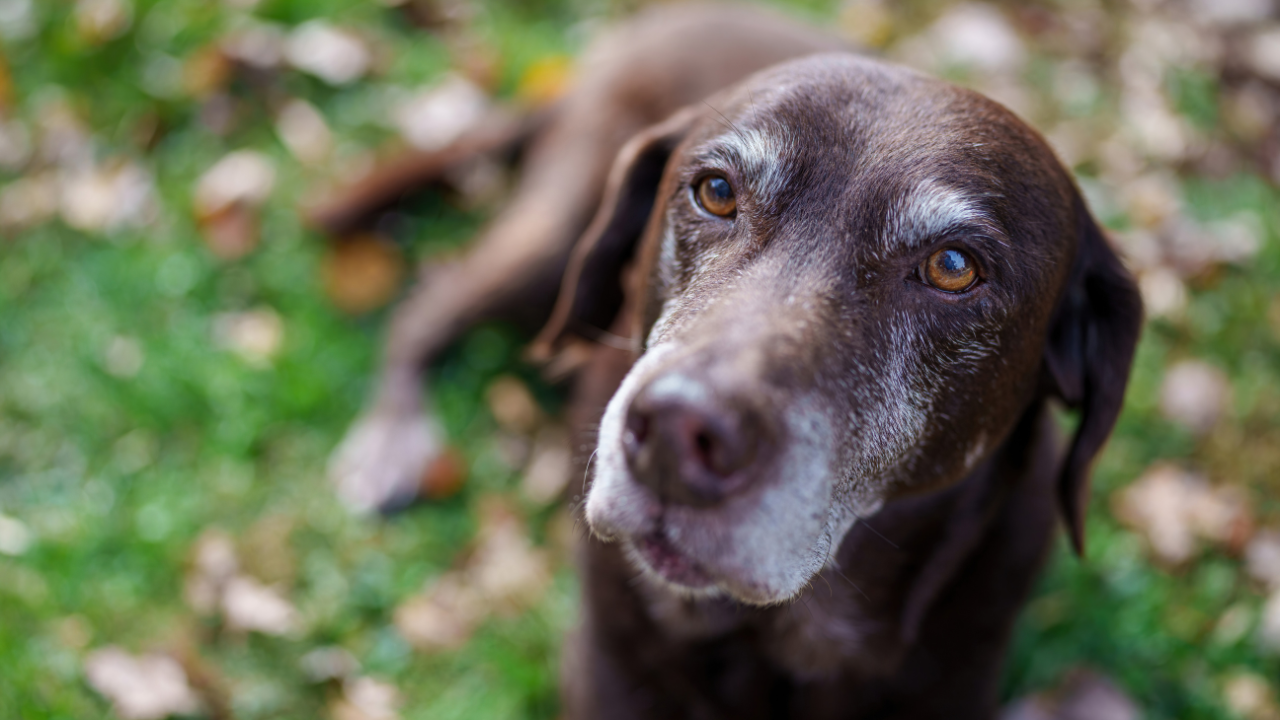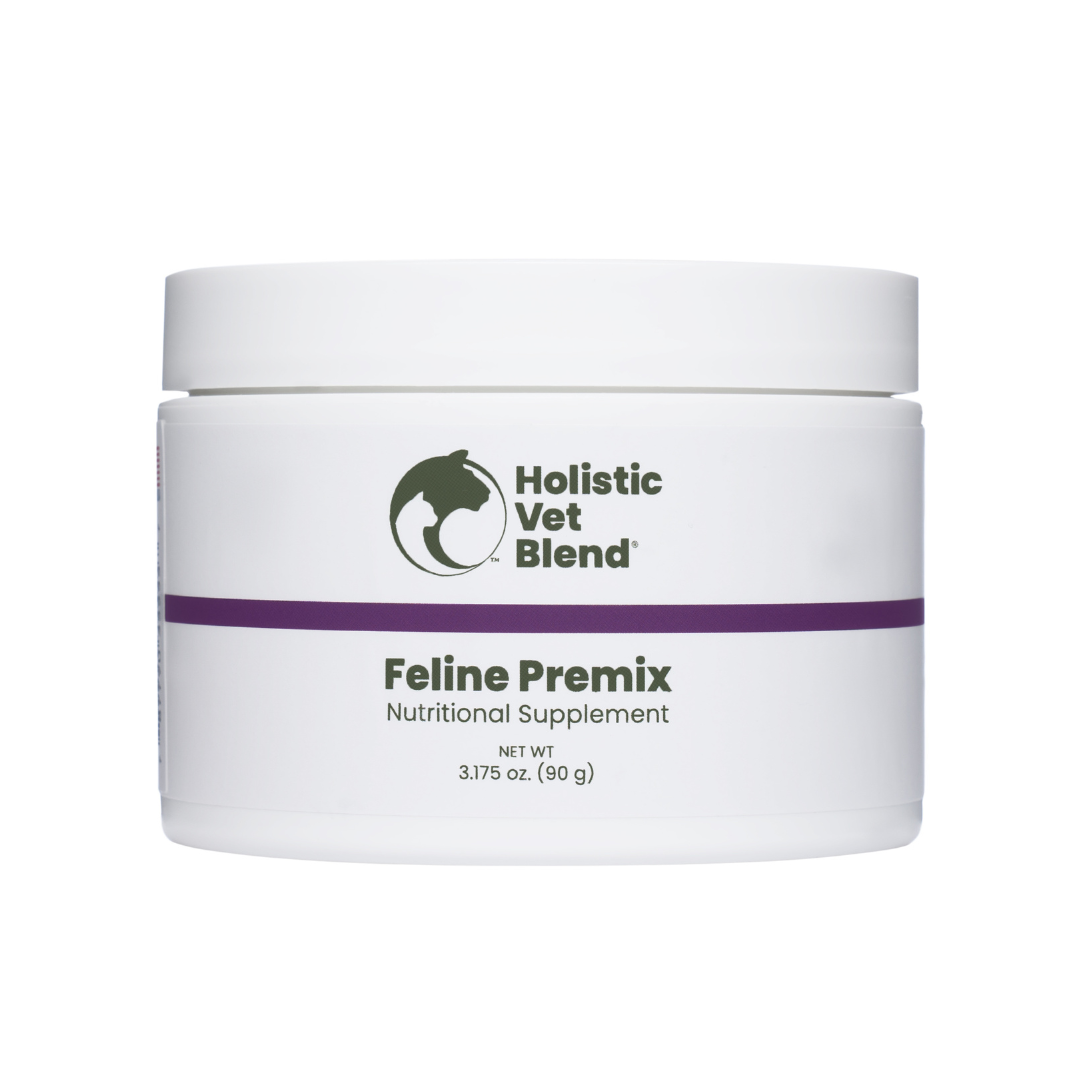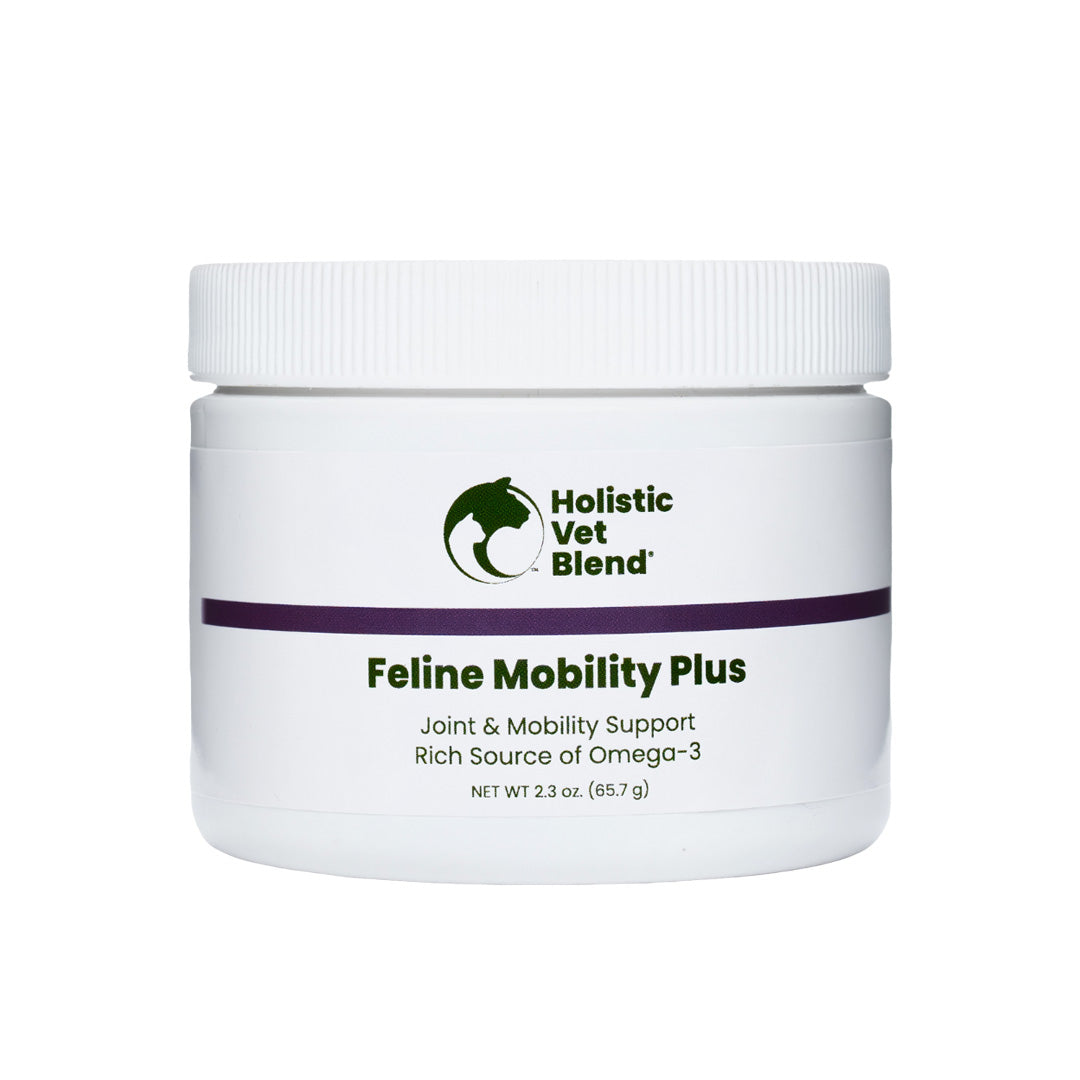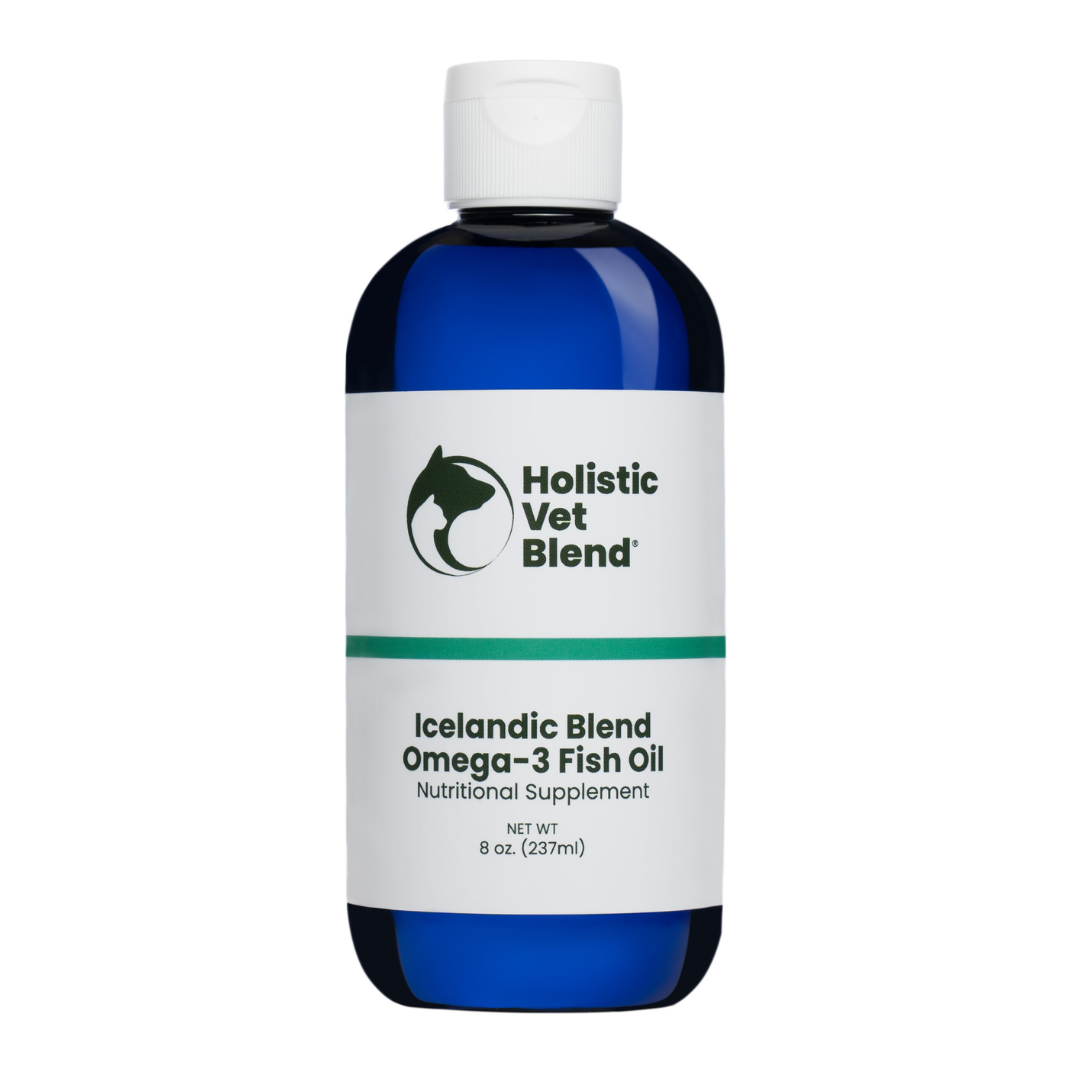
What Is Canine Cognitive Dysfunction (CCD)? A Dog’s Version of Alzheimer’s
Because CCD in dogs is so similar to Alzheimer’s disease, studying one can inform our understanding of the other. The overlaps are truly remarkable. In terms of symptoms, an older dog with advanced cognitive dysfunction can mirror a human with dementia: they may no longer recognize family members, forget once-familiar routines, get lost in their own home, and have disturbed sleep-wake cycles.
Veterinarians use staging systems for CCD that are analogous to human dementia stages – mild, moderate, and severe – based on how much the dog’s daily life is affected. In severe canine cognitive dysfunction, a dog might be unable to perform basic tasks or might appear to live in a confusion fog, much like a senior Alzheimer’s patient who can’t recognize loved ones or perform daily activities.
The biological and pathological similarities between CCD and human Alzheimer’s are even more striking. Both diseases involve the accumulation of beta-amyloid plaques in the brain. In dogs as in people, amyloid proteins clump together between neurons, forming sticky plaques that disrupt nerve communication. Neurons in both dogs and humans lose function and die off in critical brain areas like the hippocampus, which is responsible for memory. Brain imaging studies in dogs affected by cognitive dysfunction mirror the MRI scans of Alzheimer’s patients. Both canine and human patients also show widespread neuroinflammation (activated glial cells in the brain trying to respond to the damage) and oxidative stress that further harms neurons.
What about risk factors and lifestyle influences? Here, too, we find many parallels. Age is the number one risk factor for both dogs and humans – the older the individual, the higher the risk of cognitive dysfunction. But beyond age, studies suggest that factors like exercise, mental activity, and even sensory health play similar roles across species. For example, a University of Washington study (through the Dog Aging Project) identified lack of physical exercise as the most significant risk factor for canine dementia, consistent with what we know about human dementia risk. Dogs that were couch potatoes had far greater odds of developing CCD, whereas those with active lifestyles had lower odds. This mirrors extensive human studies that show regular exercise is protective against Alzheimer’s and can even modestly slow cognitive decline in those who already have it. Mental and social stimulation is another shared protective factor: dogs who get training, play, and social time maintain better cognition, just as intellectually engaged and socially active seniors tend to have lower dementia rates. Intriguingly, sensory impairments like hearing or vision loss are emerging as risk factors in both species. In people, hearing loss in mid-life is now recognized as one of the biggest modifiable risk factors for dementia. Similarly, the Dog Aging Project study found that dogs with untreated eye or ear problems had higher rates of CCD. It makes sense – reduced sensory input may accelerate cognitive decline by depriving the brain of stimulation, or there may be underlying disease processes affecting both brain and sensory organs. Either way, it emphasizes the importance of addressing issues like your dog’s cataracts or deafness, not only for their quality of life but also to potentially aid their brain function.
The close similarity between dog and human dementia is actually a hopeful thing: it means that what’s good for human brain health is often good for dogs, and vice versa. Our canine companions share our environments, our food habits, and even some diseases; they truly age alongside us. As one scientific article noted, pet dogs are being recognized as a valuable natural model for Alzheimer’s research because they experience a “dementia syndrome” so much like ours. That means when you invest in keeping your dog’s brain healthy, you’re likely improving your own brain health too – a wonderful win-win!
Healthy Food, Healthy Brain: Avoid Ultra-Processed Diets (For Dogs and Humans Alike)
We’ve talked about dietary antioxidants, omega-3s, and special nutrients – but there’s an even simpler nutrition message that can make a big difference for brain health: avoid ultra-processed foods. This advice applies to both dogs and people. Diets consisting largely of ultra-processed foods have been linked to worse health outcomes, including cognitive decline. A recent 10-year study in humans found that higher consumption of ultra-processed foods was associated with a significantly greater risk of developing dementia, including Alzheimer’s disease. These foods tend to be low in the vitamins, antioxidants, and healthy fats that brains need. They can also promote inflammation, and chronic inflammation is believed to contribute to neurodegeneration.
In dogs, a poor-quality diet might have similar detrimental effects. While long-term diet studies in pets are limited, we do have evidence that dogs fed diets high in antioxidants and fatty acids have better cognitive outcomes. By contrast, an ultra-processed dog food could accelerate age-related changes. Many ultra-processed pet foods also contain advanced glycation end-products (AGEs) and other compounds from high-heat processing that may increase oxidative stress in a dog’s body and brain.
So, what can you do? Choose whole foods and high-quality ingredients for your dog’s meals whenever possible to improve your dog’s diet. This doesn’t mean you have to cook every meal from scratch or abandon kibble entirely, but it does mean being mindful of the food’s quality. Consider adding a balanced homemade recipe to your dog's kibble. Consider adding small amounts of dog-safe fruits (like blueberries) or veggies (such as steamed carrots or green beans), or supplementing with fish or algae oil for a boost of antioxidants and omega-3s. Every little nutritional upgrade helps.
How common is cognitive dysfunction?
It’s a more common issue than many realize. As veterinary care and nutrition improve, our furry family members are living longer. Studies estimate that about 28% of 11- to 12-year-old dogs show at least one sign of cognitive impairment, and this jumps to 68% of dogs by 15-16 years old. In other words, CCD affects a large portion of senior dogs, though it is often underdiagnosed. Pet owners and even veterinarians sometimes dismiss early signs as “just old age.” However, being aware of CCD is important because, as with human dementia, early intervention and lifestyle changes can significantly improve a dog’s quality of life.
What are the signs of dementia in dogs?
How can you tell if your dog is showing early signs of CCD versus normal aging? Dr Gary Landsberg a veteirnary behaviorist developed the “DISHA” acronym to summarize key behavioral changes seen in canine cognitive dysfunction. DISHA stands for Disorientation, Interaction changes, Sleep-wake cycle disturbances, House-soiling, and Activity changes (including Anxiety). Below are some early warning signs to watch for:
- Disorientation: Your dog may appear confused or lost in familiar settings, which are common signs of dog dementia. They might wander aimlessly, get stuck behind furniture, or stare at walls. Some dogs even seem to forget the layout of the house or have trouble finding doorways. In advanced cases, they may not recognize familiar people or other pets.
-
Interaction Changes: You might notice shifts in how your dog interacts with you and others. Some dogs with CCD become less social – they may not greet you at the door anymore, or they avoid petting and play. Others can become unusually clingy or needy, following you everywhere anxiously. A previously friendly dog might even grow irritable or apathetic. These changes in social behavior are a red flag that something in their cognition is changing.
-
Sleep-Wake Cycle Disturbances: Many dogs with cognitive dysfunction experience “sundowning”-like symptoms, becoming restless or agitated at night and sleeping more during the day. Your dog might pace at odd hours, wake up frequently in the night, or seem unable to settle into sleep. This disruption of normal sleep patterns is a common complaint from owners of dogs with CCD.
-
House-Soiling and Loss of Training: A well house-trained dog may start having “accidents” indoors. They might seem to forget to signal when they need to go outside, or eliminate in inappropriate places. Many senior dogs don't realize they need to go until it’s too late. Urinary tract infections are more common in senior dogs and are a common cause of urinary accidents.
- Activity Level Changes and Anxiety: You may observe a general change in your dog’s level of activity or interest in things. Some dogs become less interested in exploring or playing; they may just wander or stay in one spot as if unsure what to do. Others develop repetitive behaviors, like pacing or circling, which can be a sign of anxiety. Increased anxiety, alongside behavior changes, is common – your dog might seem more fretful, panting or whining without an obvious cause, or develop new fears (for example, suddenly feeling nervous about staying home alone). In terms of physical symptoms of dog dementia, watch for changes like disorientation (getting lost in familiar places), altered sleep patterns (restlessness at night or sleeping more during the day), toileting accidents in previously house-trained dogs, and difficulty recognizing familiar people or objects. These physical signs can accompany behavioral changes and help you identify when to consult your vet about possible cognitive dysfunction.
Keep in mind that these signs often start subtly. For example, maybe your senior dog occasionally gets confused or has one accident in the house – that could be an early mild stage of CCD, indicating potential house soiling issues. If you notice even one or two of these behaviors consistently, take note. Don’t just write it off as “old age blues.” In one survey, many pet owners failed to recognize loss of housetraining or odd behaviors as signs of dementia, delaying help for their pet. If your older dog is showing such changes, talk to your veterinarian. There are questionnaires and exams vets can use to assess cognitive function in dogs, and sometimes what owners assume is just aging can actually be managed or treated if it’s identified as cognitive dysfunction.
Keeping Your Senior Dog’s Mind Sharp: Prevention and Lifestyle Tips
While there is no guaranteed way to prevent canine cognitive dysfunction, research suggests that a healthy lifestyle can delay its onset or reduce its severity, much as healthy habits can protect human brains. By being proactive when your dog is middle-aged or entering their senior years, you may improve their brain health and slow cognitive aging. Here are some actionable tips for pet owners to help keep their dogs’ minds sharp:
-
Keep Them Physically Active: Exercise isn’t just for the body; it’s crucial for the brain. Regular walks, play sessions, and other physical activities improve blood flow to the brain and reduce cognitive risk. A recent study from the Dog Aging Project found that sedentary dogs were over 6 times more likely to develop CCD than dogs that got regular exercise. So, tailor an exercise routine to your dog’s ability: daily walks, gentle hikes, swimming, or simply interactive fetch games in the yard can all help. Not only will this keep your dog’s body healthy, but it also provides mental stimulation through new sights, smells, and experiences. (As a bonus, more walks for your dog can mean more exercise for you – which is known to lower dementia risk in people, too!)
-
“Teach an Old Dog New Tricks” with Mental Enrichment: Don’t assume your senior pup is done learning – dogs can learn at any age, and mental exercise is just as important as physical. Engage your dog’s brain daily. This can be through puzzle toys, treat-dispensing games, or food puzzles that make your dog work out a challenge to earn a reward. Simple training sessions are fantastic brain workouts: teach a new trick or practice gentle obedience drills (like finding a hidden treat or learning a new cue).
-
Social Interaction and Routine: Maintaining social connections and a stable routine can reassure an older dog and keep their mind engaged. Where possible, give your dog plenty of positive human interaction – cuddles, grooming, playtime – and controlled socialization with other calm dogs if they enjoy it. Consistency in feeding times, walks, and bedtime can help orient a dog who’s starting to get easily disoriented.
- Brain-Healthy Diet: “Brain food” matters for dogs just as it does for us. Research shows that diets rich in antioxidants and Omega-3 fatty acids can improve cognitive function in aging dogs.
-
Supplements including Omega-3-rich fish or algae oil, SAMe (S-adenosylmethionine), choline, phosphatidylserine, and medium-chain triglyceride oils have shown beneficial effects on canine cognition by supporting neurotransmitters and brain cell health. And it goes without saying, you cannot supplement your way out of a poor diet.
-
Veterinary Checkups: By treating any underlying medical problems, you may improve your dog’s mental sharpness as many medical conditions (arthritis, vision or hearing loss, kidney disease, etc.) can mimic or exacerbate cognitive issues. For instance, an older dog who can’t hear or see well might seem “demented” because they don’t respond, when in reality they just aren’t perceiving cues – addressing sensory impairments or pain can markedly improve their cognitive function and quality of life.

Treatment Options for Dog Dementia: From Medications to Environmental Changes
If your dog has been diagnosed with CCD (or is showing multiple signs), don’t lose hope. While there is no cure for canine cognitive dysfunction, there are treatments and interventions that can improve your dog’s function and comfort, and potentially slow the progression of the disease. Management of CCD typically involves a combination of a healthy antioxidant-rich diet, Omega-3 fatty acids, supplements, medication, and environmental modifications.
Medication
The primary medical therapy for CCD in dogs is a drug called selegiline (brand name Anipryl®). Selegiline works by increasing dopamine levels in the brain, a neurotransmitter important for learning and memory that tends to be deficient in older animals. It was originally used for Parkinson’s disease in people, and in many dogs, it can lead to improvements in alertness, activity, and social interactions. It’s not a miracle cure – improvements are often moderate – but some owners report their dogs seem “brighter” or more interested in family life again after a month or so on selegiline. For dogs with significant anxiety or sleep disturbances as part of their cognitive dysfunction, vets might also prescribe anti-anxiety medications.
Supplements
Sleep aids (such as melatonin) to help manage those specific symptoms. Reducing anxiety can dramatically improve a confused dog’s quality of life. Additionally, pheromone therapy (like Adaptil®, a calming dog-appeasing pheromone), lavender oil lightly diffused in the environment, may create a more soothing environment for dogs who are restless; however, its effectiveness can vary from dog to dog.
Environmental Adaptation
Simple changes can help a dog with CCD cope better day-to-day. For example, using night lights around the home can help a dog who gets disoriented in the dark. Keeping floor layouts consistent (don’t rearrange furniture too much) will prevent confusion. If your dog has decreased vision or cognition, baby gates can block off dangerous stairways to prevent falls or wandering into unsafe areas. Providing potty pads or easy outdoor access (like a dog door, if safe) can help with nighttime accidents. These little accommodations reduce frustration for both the pet and the owner. Think of it as “dementia-proofing” your house the way one might do for a person – making it safe and navigable for a dog who isn’t as mentally sharp as they used to be.
Conclusion
Caring for an aging dog, especially your elderly dog, with cognitive dysfunction, can be challenging, but it’s also an opportunity to give back all the love and loyalty they’ve shown you over the years. Stay observant for early signs of CCD, because recognizing the condition is the first step toward helping your pet. Stay proactive by enriching your elderly dog's life with activity, learning, and a nourishing diet long before old age – you might delay or even prevent the worst of doggie dementia. And importantly, let’s reject ultra-processed diets for both our dogs and ourselves. Instead, embrace wholesome foods and an active lifestyle as a way to protect brain health across the board. The choices we make every day – in the food bowl and in playtime – can have a profound impact on cognitive vitality. And who knows – in the process of keeping their mind sharp, you just might adopt habits that keep your mind sharp, too.
How does dementia progress?
Dementia progression can be slowed. Symptoms of disorientation, changes in sleep patterns, loss of house training, and decreased interaction with family members tend to progress but can be delayed by interventions mentioned above.
How is dementia evaluated?
Canine Cognitive Dysfunction (Dog Dementia) Scoring Chart (attributed to Salvin et al., 2011 in The Veterinary Journal.
|
Category |
Signs |
Score |
|---|---|---|
|
Disorientation |
Gets lost in familiar places, stares at walls/doors, stuck in corners |
0 = never 1 = sometimes 2 = often |
|
Interaction |
Less interest in family, avoids touch, increased irritability |
0 = normal 1 = mild change 2 = major change |
|
Sleep–Wake Cycle |
Restless at night, pacing, vocalizing at night |
0 = sleeps normally 1 = occasional disruption 2 = frequent/nightly |
|
House Training |
Accidents indoors, seems to “forget” house rules |
0 = no accidents 1 = occasional 2 = frequent |
|
Activity Level |
Repetitive pacing, aimless wandering, decreased interest in play |
0 = normal 1 = mild change 2 = major change |
|
Anxiety / Vocalization |
New fears, barking/meowing without cause, clinginess |
0 = none 1 = occasional 2 = frequent |
Scoring Guide
- 0–4 points → Within normal aging, monitor
- 5–8 points → Mild cognitive changes; schedule a check-up
- 9–12 points → Moderate dementia; needs veterinary support and lifestyle changes
- 13+ points → Severe dementia; quality-of-life support is essential












